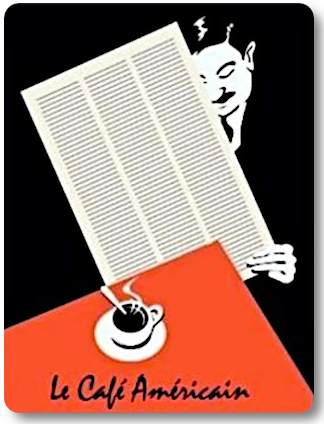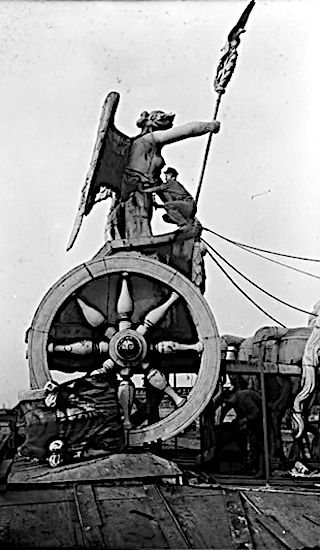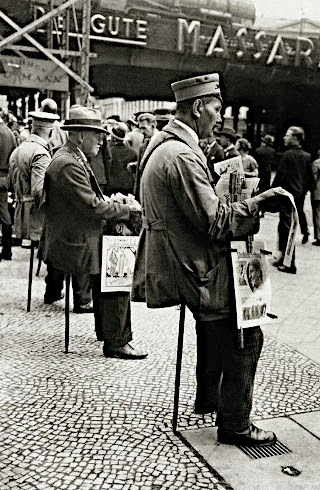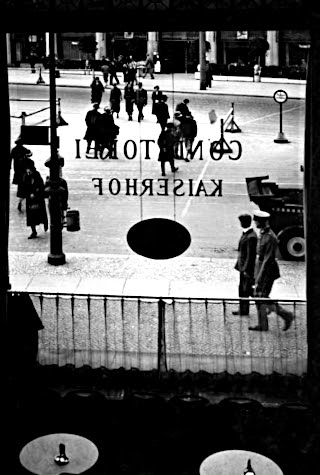This advice from Simon Johnson, Joe Stiglitz, and Thomas Hoenig can almost be characterized as common sense, apparent to almost any objective and informed observer.
So why is it not happening? It is not happening because it is not in the narrow interest of a few Wall Street Banks who are dominating the discussion in this country and in our Congress.
This is the kind of betrayal by an oligarchy that we saw in the USSR after their financial crisis and breakup.
With all the conflicts of interests and million dollar payments how can we not assume that the decision makers in the Obama administration have been bought, and that we are being betrayed?
Bloomberg
Fed's Hoenig: Let insolvent financial firms fail
By Alister Bull
Tue Apr 21, 2009 4:31pm BST
WASHINGTON (Reuters) - Insolvent financial firms must be allowed to fail regardless of size, a top Federal Reserve official said on Tuesday, as two prominent economists urged Congress to break up the biggest U.S. banks.
In blunt criticism of the government Federal Reserve Bank of Kansas City President Thomas Hoenig told Congress' Joint Economic Committee that the design of a $700 billion bank bailout last year sowed uncertainty and slowed recovery.
Citing the costs of the economic crisis, Nobel economic laureate Joseph Stiglitz and former IMF chief economist Simon Johnson also told the panel that it was in the interest of taxpayers to dissolve the largest U.S. financial institutions.
"The United States currently faces economic turmoil related directly to a loss of confidence in our largest financial institutions because policymakers accepted the idea that some firms are just 'too big to fail.' I do not," Hoenig said.
"Yes, these institutions are systemically important, but we all know that in a market system, insolvent firms must be allowed to fail regardless of their size, market position or the complexity of operations," said Hoenig, who will be a voter on the Fed's policy-setting committee next year.
U.S. anti-trust rules should be used to break up the biggest banks to safeguard the economy, said Johnson, a professor at the Massachusetts Institute of Technology. He added the costs of the financial crisis already dwarf the damage done by industrial monopolies in the last century.
"The use of anti-trust (laws) to break up the largest banks will be essential," he said. "This is a very serious, imminent danger that needs to be addressed."
Stiglitz made a similar point, arguing that the American people had not received anything like sufficient benefits from allowing such large financial firms to grow, versus with the costs of the crisis.
"They should be broken up unless a compelling case can be made not to that," Stiglitz, a Columbia University professor, told the committee.
The biggest 19 U.S. banks are being subjected to a battery of so-called stress tests to restore confidence in their soundness, with guidelines on the process due on Friday and the results on May 4.
Stocks fell sharply on Monday amid fear that some of them still face massive losses, as the severe U.S. recession forces loan default rates to continue rising.
U.S. Treasury Secretary Timothy Geithner has signaled that no firms will 'fail' the stress tests, but Hoenig said this would be a mistake.
"Actions that strive to protect our largest institutions from failure risk prolonging the crisis and increasing its cost," Hoenig said.
"Of particular concern to me is the fact that the financial support provided to firms considered "too big to fail" provides them a competitive advantage over other firms and subsidizes their growth and profit with taxpayer funds," he said.
Nodding to anger among ordinary Americans over multi-billion dollar bailouts for rich bankers, Hoenig said some of these firms were simply too complicated, and too well-connected in Washington, for the good of the country.
"These "too big to fail" institutions are not only too big, they are too complex and too politically influential to supervise on a sustained basis without a clear set of rules constraining their actions. When the recession ends, old habits will reemerge," he said.
Hoenig also criticized the government's Troubled Asset Relief Program, or TARP, which was also separately chided on Tuesday by the Treasury's watchdog.
"In the rush to find stability, no clear process was used to allocate TARP funds among the largest firms. This created further uncertainty and is impeding recovery," Hoenig said.
21 April 2009
Break The Big Banks Up, and Let the Insolvent Parts Fail
Geithner: "Vast Majority" of US Banks Have More Capital Than Needed

This morning before Congress Treasury Secretary Turbo Tax Tim said that the stress test results show that the 'vast majority' of US banks have more capital than they need.
Right. Most real banks, who do banking, have sufficient capital and have been well managed.
Its only the five or six largest money center banks that have trillions in bad debt and toxic derivatives that threaten to soak up all the available capital in the real economy.
Its the vast majority of banks who have been sound in their credit expansion and risk management who are paying the price through higher FDIC fees, along with the taxpayers, as Tim and Larry support the Wall Street oligarchs.
The action in the equity markets ahead of Tim's remarks was about as blatant as it gets. This is getting to be disgusting.
Market manipulation and rampant financial speculation with public funds will continue until we are confident that the economy has improved. When the electricity fails because of malinvestment in the real world economy, the Obama people can have public service community organizers deliver pamphlets door to door telling us how good things are becoming.
April 21 (Bloomberg) -- Treasury Secretary Timothy Geithner told a congressional panel that the “vast majority” of U.S. banks have more capital than needed.
He also said there are signs of thawing in credit markets and some indication that confidence is beginning to return.
“Indicators on interbank lending, corporate issuance and credit spreads generally suggest improvements in confidence in the stability of the system and some thawing in credit markets,” Geithner said in prepared testimony to the committee overseeing the Troubled Asset Relief Program.
Earlier today, Geithner said the program has enough money for bank rescues even under “conservative” estimates.
Geithner reiterated the Treasury’s view that about $135 billion is still available for bank rescues, out of $700 billion originally authorized by Congress.
The total includes about $590 billion that has been allocated so far for various TARP activities, leaving $110 billion remaining. Also, the Treasury expects $25 billion in repayments this year, leading to the total projection of $135 billion available.
“We believe that even under the conservative estimate of available funds described here, we have the resources to move forward implementing all aspects of our Financial Stability Plan,” Geithner said in a letter to Elizabeth Warren, the chair of the Congressional Oversight Panel.
May Have More
The Treasury first put forward these estimates in late March. In the letter, Geithner said it’s possible the Treasury may have even more money remaining, depending on how many banks repay TARP and whether the housing program uses its full allocation.
“Our projections anticipate only $25 billion will be repaid” over the next year, Geithner said. This figure is “lower than many private analysts expect,” he said.
Geithner’s letter comes on the same day as a separate report on the rescue program prepared by Neil Barofsky, the special inspector general for TARP. Barofsky said his office has six audits underway about various elements of the program.
One of these inquiries is looking into federal assistance to Bank of America, which has benefited from three different bank rescue programs, and Treasury’s decision to extend aid in connection with Bank of America’s acquisition of Merrill Lynch. The audit was expanded to include the other eight large banks that received TARP funding in October 2008, the report said.
The reporters on this story: Rebecca Christie in Washington
Collapsing US Aggregate Demand Strikes Imports Hardest
Falling aggregate Demand and the weaker dollar have finally broken the back of the parabolic growth of imports and the US trade deficit.
As one can see, imports have been hit much harder than exports. This is why Japan and China will be struggling with their export driven GDPs.
This is the worst decline in retail sales in the post World War II era.
The US consumer has finally hit the wall. The folks in DC think they can crank this Frankenstein monster of reckless consumption back up again, given the right jolts of liquidity and spin.
To think that consumers will start borrowing and buying again without a meaningful change in the dynamic of their cashflows implying an increase in the median wage, is a hard to believe. Even for the reckless American consumer, this episode has been daunting to their over-confidence, and rightfully so.
Let's hope they don't just patch this bubble and blow it back up again. But it certainly appears as though Larry, Ben and Tim are going to try and take it to the limit one more time.






























